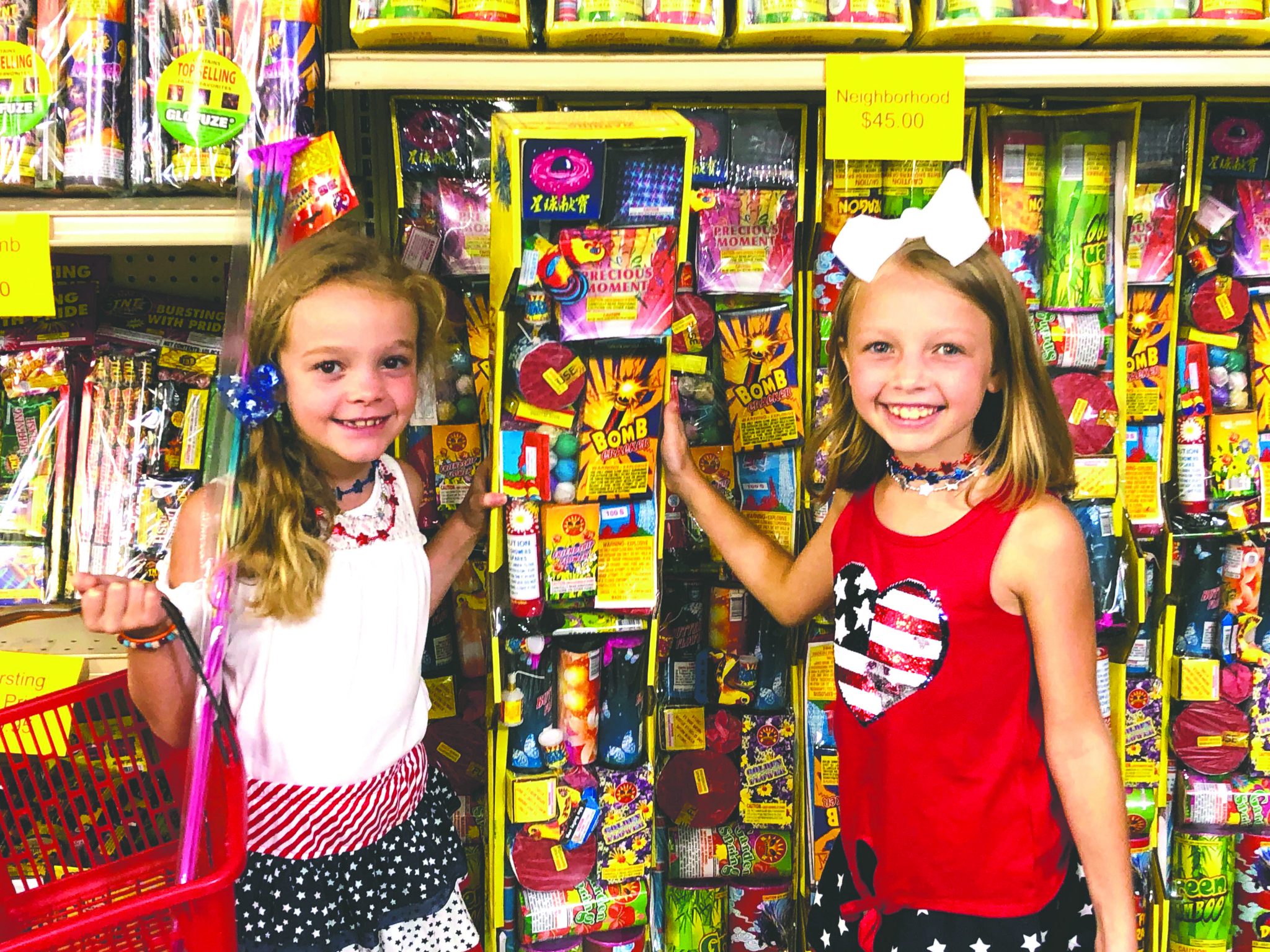292
With the Fourth of July just around the corner, it’s good to remember to use proper caution when enjoying one of the Fourth’s most popular traditions, fireworks. While fireworks are used and enjoyed by most, it’s important to be aware that they
Fourth of July safety and statistics
previous post



